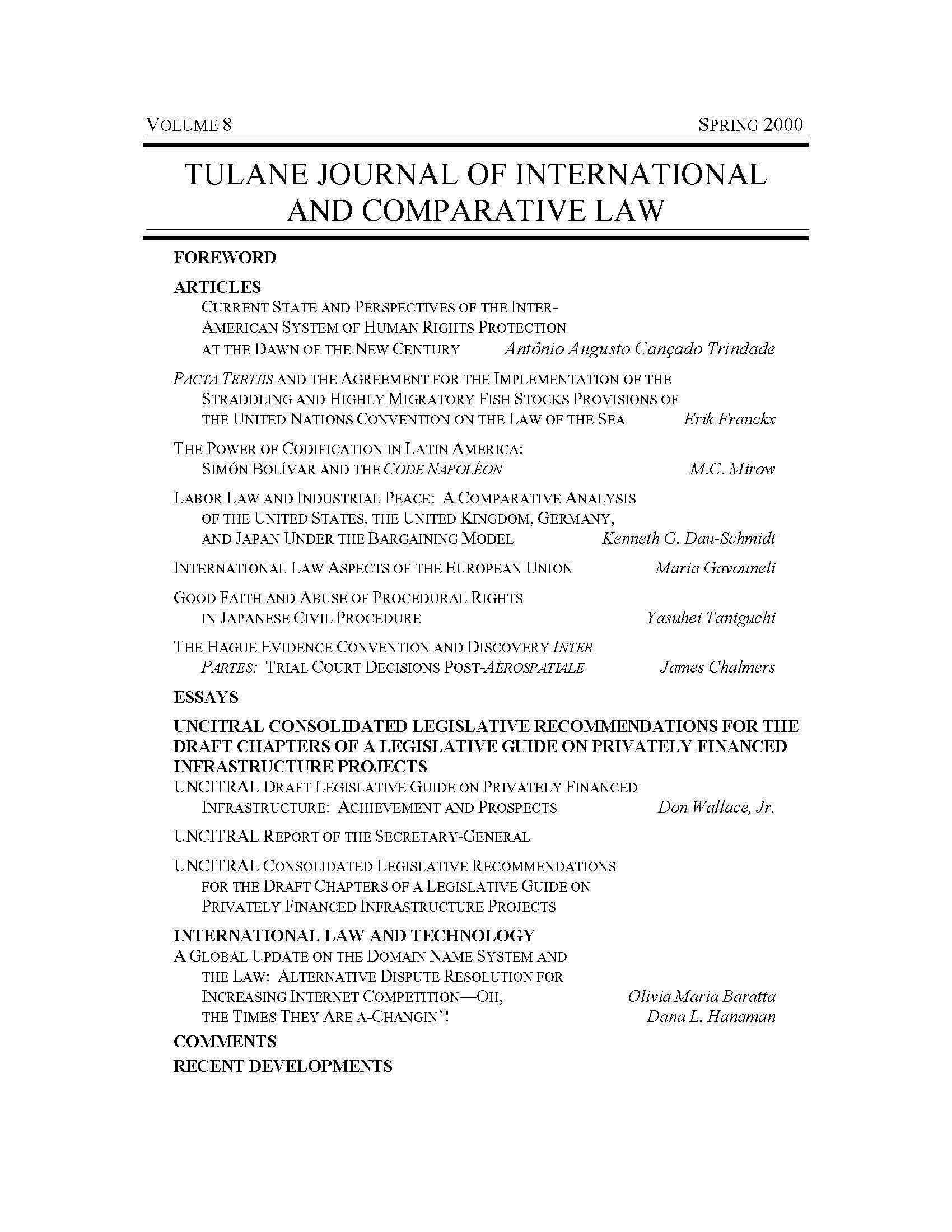The Hague Evidence Convention and Discovery Inter Partes: Trial Court Decisions Post-Aérospatiale
Abstract
This Article examines the approach that U.S. trial courts have taken to the question of obtaining evidence located in a foreign jurisdiction as part of the discovery process since the decision of the Supreme Court in Aérospatiale, 482 U.S. 522 (1987). It outlines the background to the decision in Aérospatiale and the decision itself, highlighting some of the unresolved questions that have been of importance in the treatment of the Hague Evidence Convention by U.S. courts. It then turns to examine the decisions of trial courts since 1987, analyzing how the approach of trial courts could be modified to better protect the foreign sovereign interest implicated in extraterritorial discovery. The large measure of discretion accorded to the trial court by the Aérospatiale decision has meant that post-1987 decisions have not significantly refined the applicable test. Courts have focused on the question of whether the discovery requested is unduly burdensome—incorrectly, as the Convention is not a device designed to limit the scope of discovery requests—and have failed to address properly the international law issues raised by extraterritorial discovery. Those issues, however, are unclear and not best suited for resolution by domestic courts. A long-term solution will require review and amendment of the Convention, but unless and until that happens, trial courts must focus properly on balancing the sovereign interests implicated in extraterritorial discovery in order to minimize conflicts.
